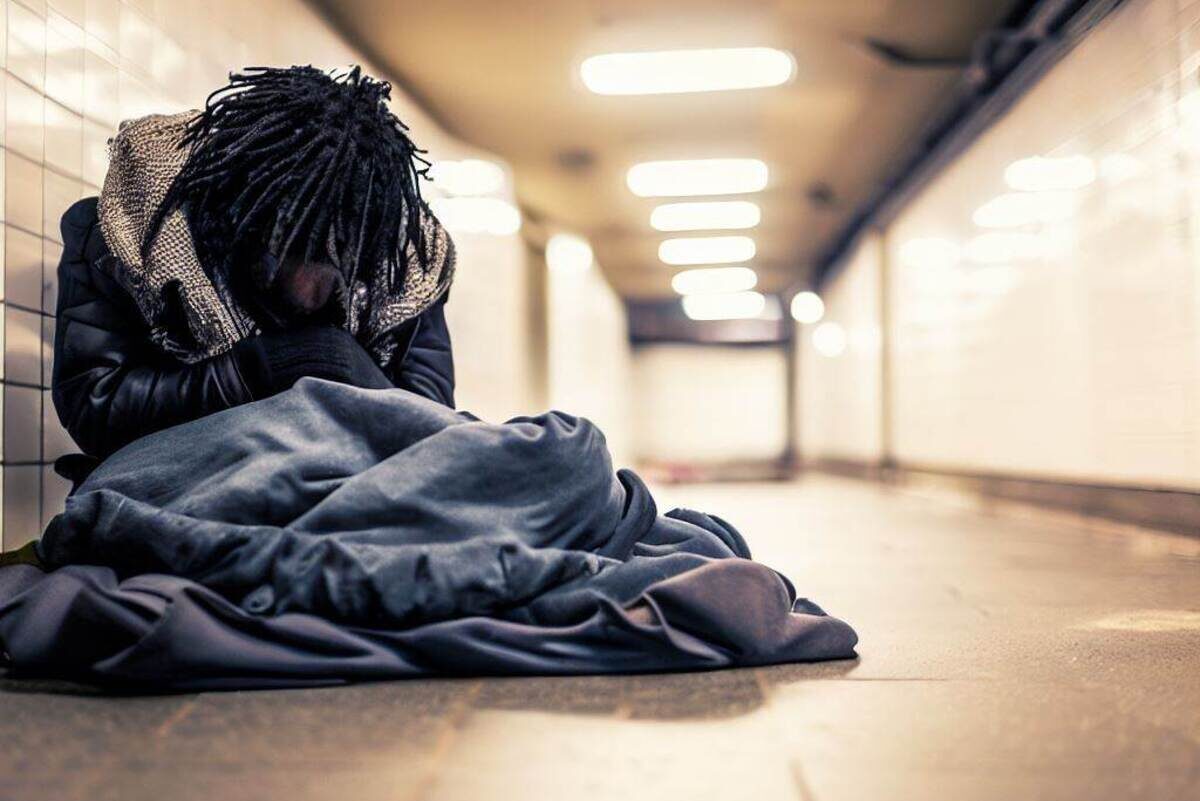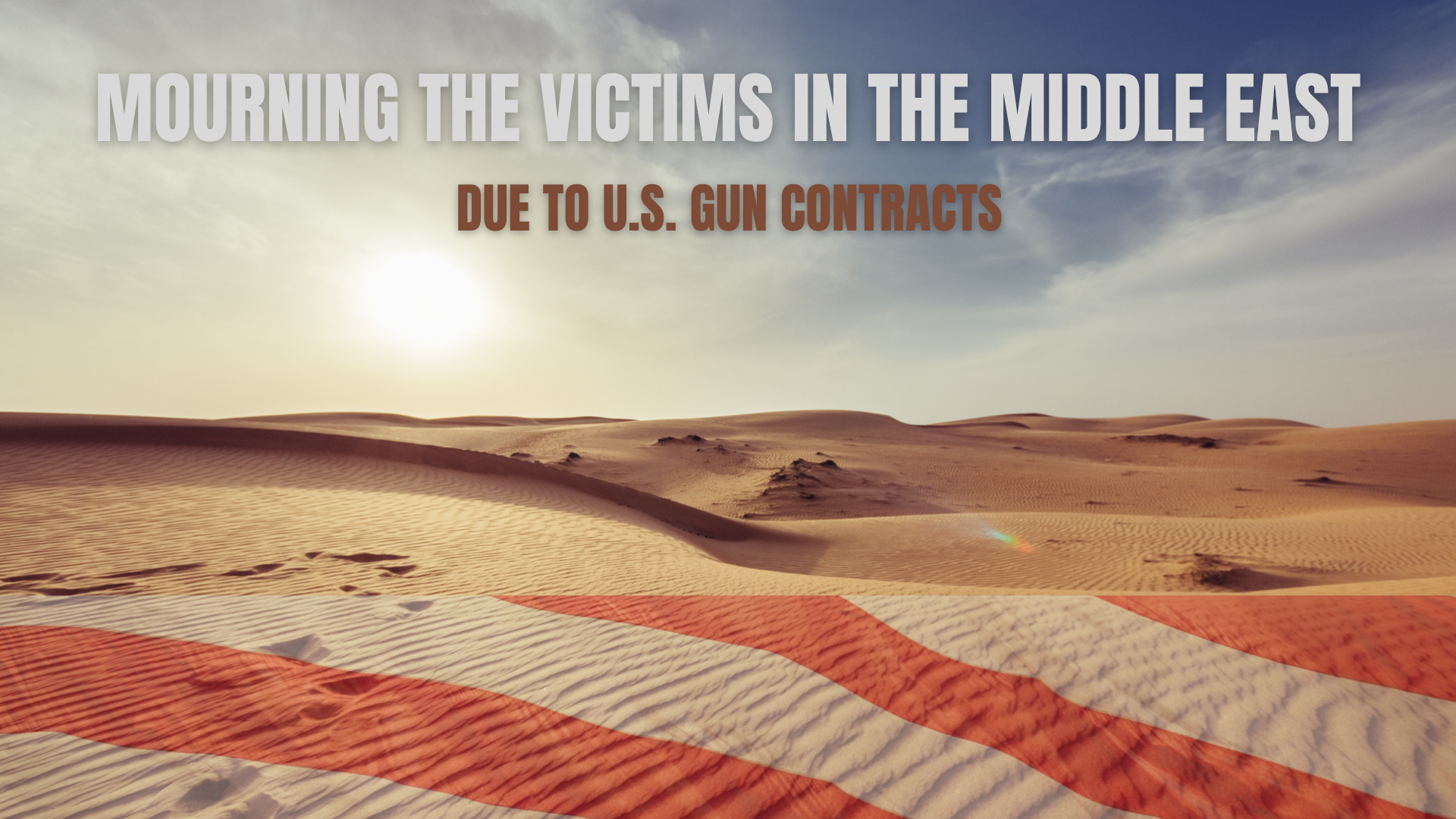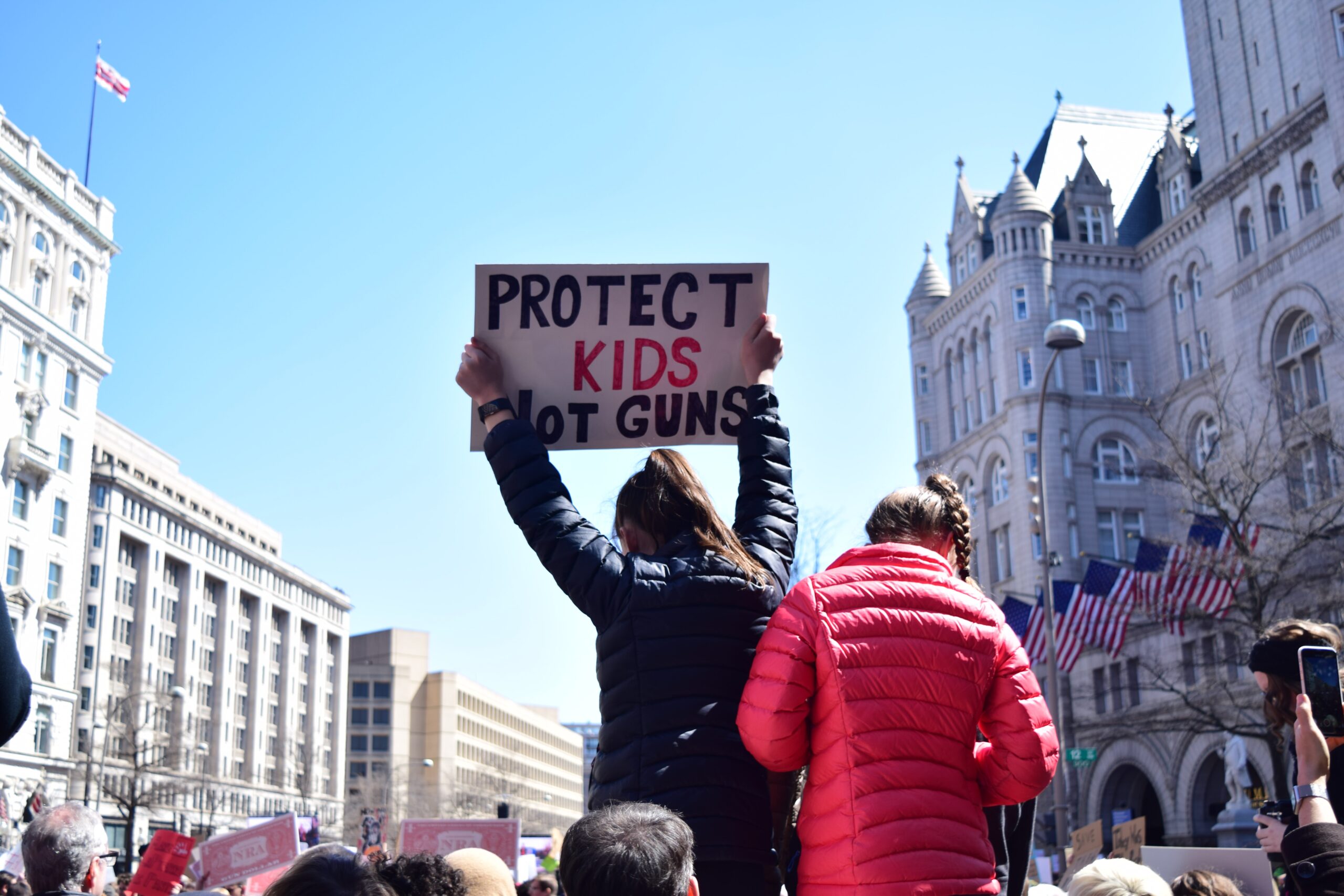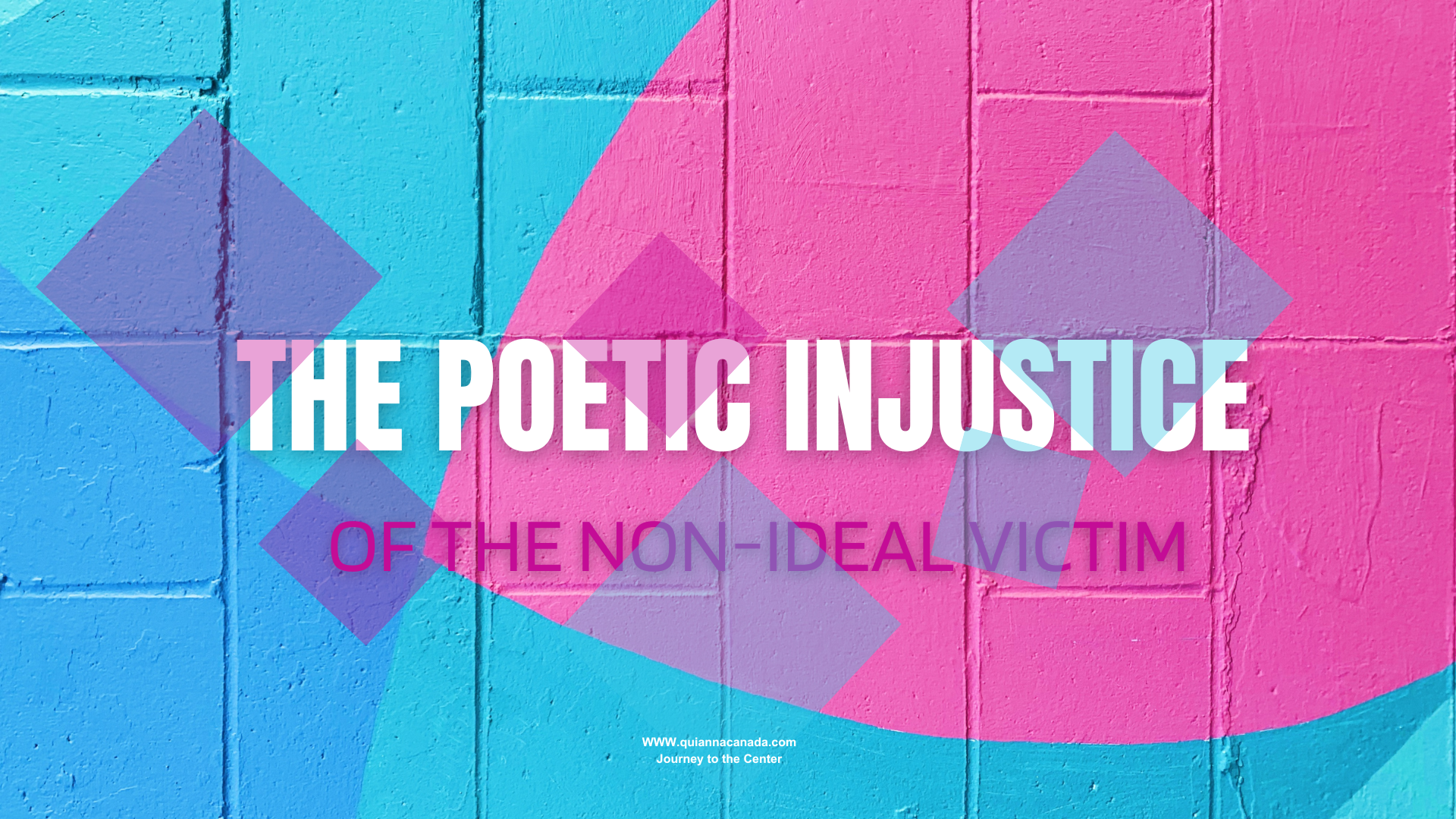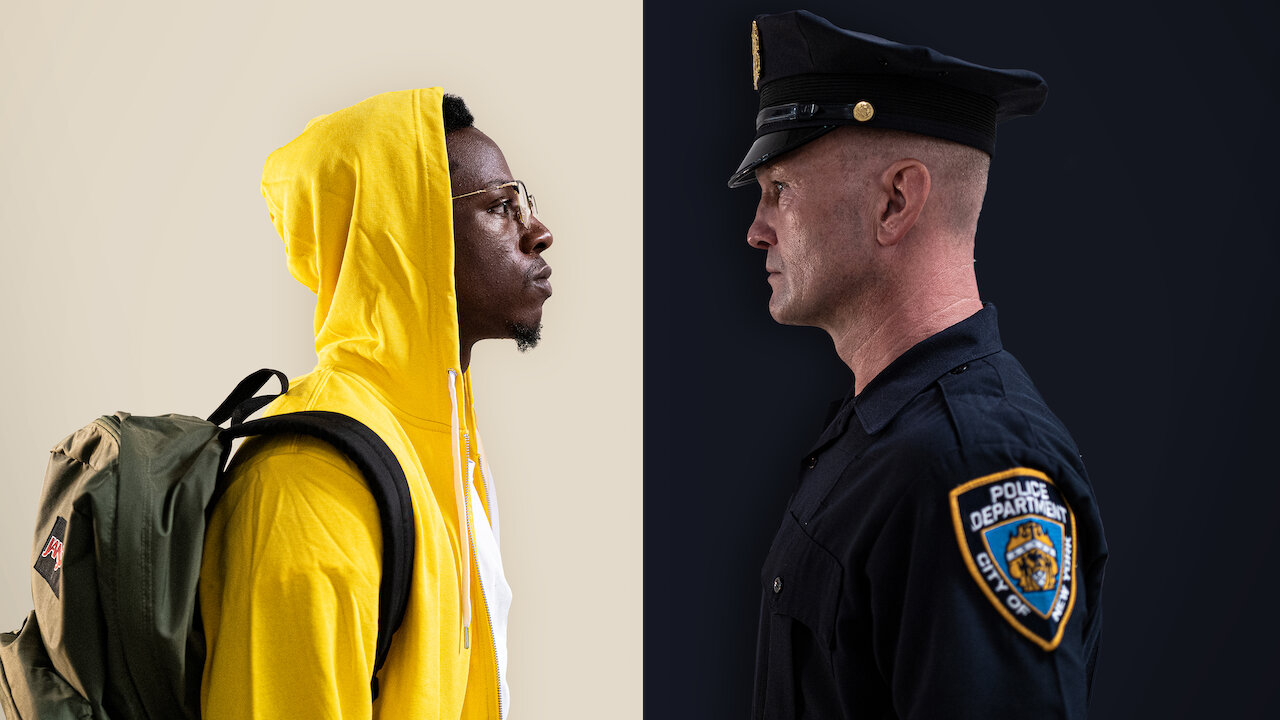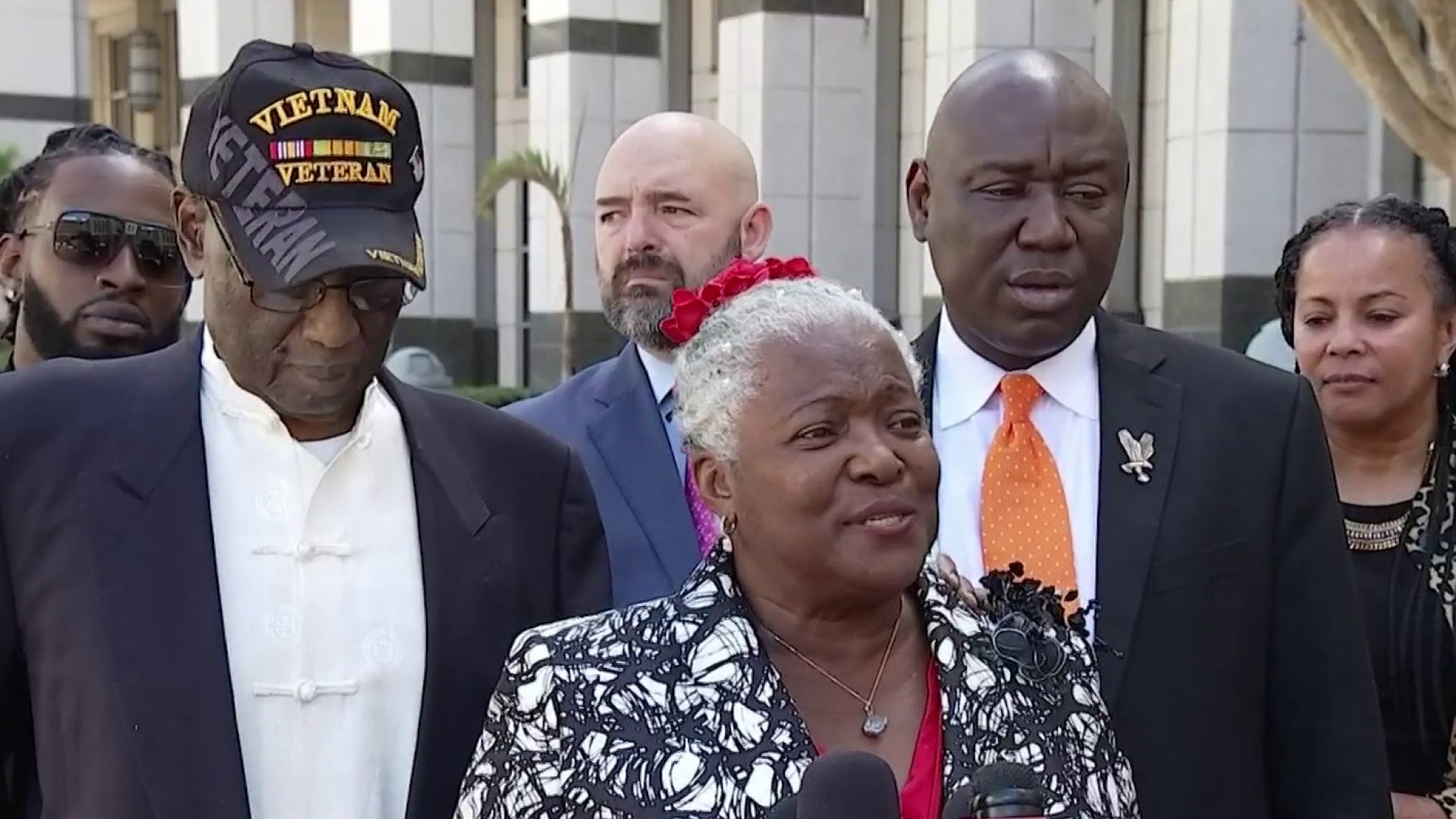The Long Overdue Conversation: Revisiting the Theme of Political Abuse of Psychiatry and the Black American
The Long Overdue Conversation: Revisiting the Theme of Political Abuse of Psychiatry and the Black American
Psychiatry is a powerful tool that can be used for good. Yet today, political figures and powerful institutions are using this medical specialty to undermine victims of abuse, oppression and injustice.
The Long Overdue Conversation: Revisiting the Theme of Political Abuse of Psychiatry and the Black American
Political figures and powerful institutions have used psychiatry to discredit people living on the fringe, such as previously incarcerated individuals and homeless persons. A prime example is the media’s framing of Jordan Neely, who died on May 01, 2023 by asphyxia. While I do not condone violence or the allegations made against Neely, disenfranchised persons like him sometimes lack the skills, such as tact, to assertively communicate their needs, as we seen in several videos circulating on the internet. Even when they have the capacity to communicate their needs effectively, individuals in positions of power will stereotype them or, interpret their plight as an act of violence. Indeed, Tristan McGeorge and Dinesh Bhugra found psychiatrists were more likely to misdiagnose Black patients as more dangerous and violent. They also found that psychiatrists were more likely to diagnose Schizophrenia and overly suspicious personality disorders in those they believed were Black Americans.[1]
Why Powerful Institutions Use Schizophrenia to Diagnose Black Americans
Political figures and powerful institutions use Schizophrenia to diagnose Black Americans because it can discredit their claims. It also makes it easier for those in power to isolate to facilitate abuse. For example, if a homeless Black person protests their conditions, political figures and powerful institutions can use Schizophrenia to suggest that the victim is simply mentally ill, and therefore, their complaints should not be taken seriously. While some people may show signs of disease, mental health professionals should make sure that the diagnosis is correct and not influence by politics.
Another way political figures and powerful institutions use psychiatry to undermine victims is through the use of involuntary commitment, detention or imprisonment. Involuntary commitment is when an individual is forcibly hospitalized or detained in a psychiatric facility, detention center or jail against their will. This can be used as a tool of oppression, especially when it is used to silence homeless persons, political dissidents or others who are speaking out against their inhumane conditions. By labeling someone as mentally ill and forcibly detaining them, political figures and powerful institutions can effectively silence their voices and undermine their credibility.
In 1991, the General Assembly of the United Nations adopted Resolution 46/119: The UN Principles for the Protection of Persons with Mental Illness and for the Improvement for Mental Health Care (hereinafter MI Principles). Of the 25 Principles, number 4 is potentially relevant to institutional racism in mental health care:
4 (2) A determination of mental illness shall never be made on the basis of political, economic or social status, or membership of a cultural, racial or religious group, or any other reason not directly relevant to mental health status.
It has been further suggested that the ideology of racism has been incorporated into psychiatry resulting in an emphasis on individualized pathology, with insufficient attention paid to social pressures such as race and culture.[2] According to Principle 4:
4 (3) Family or professional conflict, or non-conformity with moral, social, cultural or political values or religious beliefs prevailing in a person’s community, shall never be a determining factor in diagnosing mental illness.
The misuse of psychiatry is not just a historical problem, it is also a contemporary one. As we seen with the Neely case, political figures and powerful institutions will use psychiatry to undermine victims and maintain control over political messages. By raising awareness of this issue and holding those in power to account, together, we can put an end to this insidious practice.
References
[1] McGeorge, Tristan, and Dinesh Bhugra, ‘Race Equality in Mental Health’, in Michael Dudley, Derrick Silove, and Fran Gale (eds), Mental Health and Human Rights: Vision, praxis, and courage (Oxford, 2012; online edn, Oxford Academic, 1 Feb. 2013), https://doi.org/10.1093/med/9780199213962.003.0008, accessed 8 May 2023.
[2] Id. p. 140.
